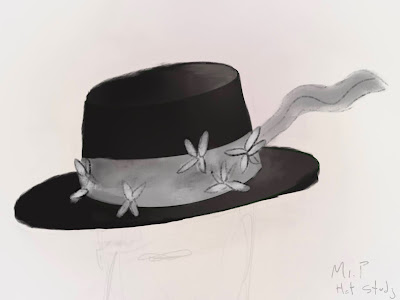In this post I discuss Pablo Auladell; specifically, his adaptation of Paradise Lost (featured art is from the first canto of the book).
I really like his use greys and blacks: charcoal, by the looks of it. The light falling on skin is always varied, giving figures and subjects depth. Naturally, the captions from the original poem only add elegance to the entire work. They’re all in caps, and a serif-style font.
His use of repeated panels on page 34 is interesting. Auladell is repeating the bottom panels, changing only the figure, leaving the mountaintop the same. It’s smart for saving time but also for sequence; the “adversary” is still speaking here; breaking up his dialogue in panels like this makes it feel like he’s piecing his thoughts together: he’s still reeling from being hurled from Grace, so he’s still piecing his thoughts together: stitching together his doomed forever mission. Denial is quite a thing; madness has its wonders.
The adversary giving one of the rebels the bull’s head is clever as well. God crafted the world to be beautiful, and the adversary is contorting God’s vision. The adversary’s pride is unending: in his arrogance, he’s adding discord to God’s music, thinking he can do better.
I like how Beelzebub is standing behind the adversary here, too. A sidekick, listening and reacting to the speech. Plus, the way they fly to the mountaintop is cute: and, it’s the same mountaintop from before.
Speaking of flying, that has charm as well. It’s not a dynamic Superman flight, but still carried lots of energy.
The colours of the font are nice here, too; binary black and white. These letters were repeated using computer tech; replicating layers, I think. It gives it consistency in size and shape, but also shows planning: as such a prolific illustrator (he averages four books a year) he’d know that his work would be published in other languages.
Auladell demonstrates further clever use of panels, like here, when depicting Death. With a skull face and strung-out figure, Death naturally unearthly looking, and breaking him into pieces via panels contributes to this effect. Death is also aggressive, contributing to his intimidating presence in the book, but I really love how the only thing he fears is the Son who is fated to destroy him.
…And, as a semi-aside, I really like this hat. It’s not a crown per se, but it functions to set him apart from the other rebels.
Auladell added the same spread of bright values across the band of the hat, giving it variation of hue, and then drew simple black lines over it; the flower petals. It’s clever and effective. The hat also is very black, which is appropriate: wouldn’t the adversary wear a black crown? The hat also makes him look like a traveler, with its flowing banner, which again suits him, as Paradise Lost is written, in part, in the form of an epic poem.
I liked the hat design so much I did a quick study of it. Looking at it, I see I should use charcoal brushes: brushes with spotty or grainy textures when striving such a style.



































